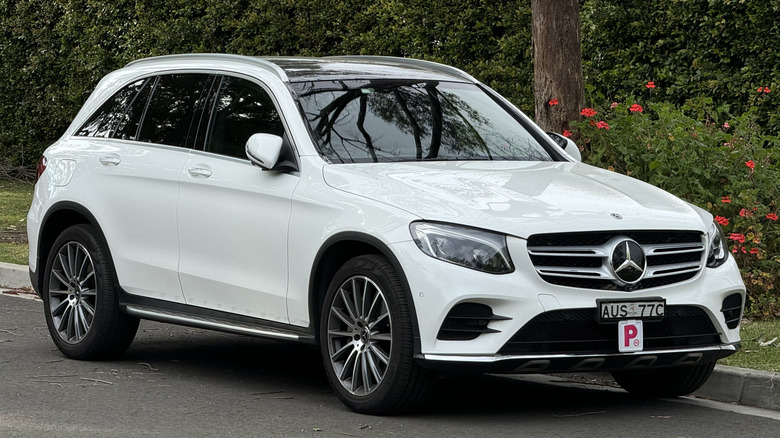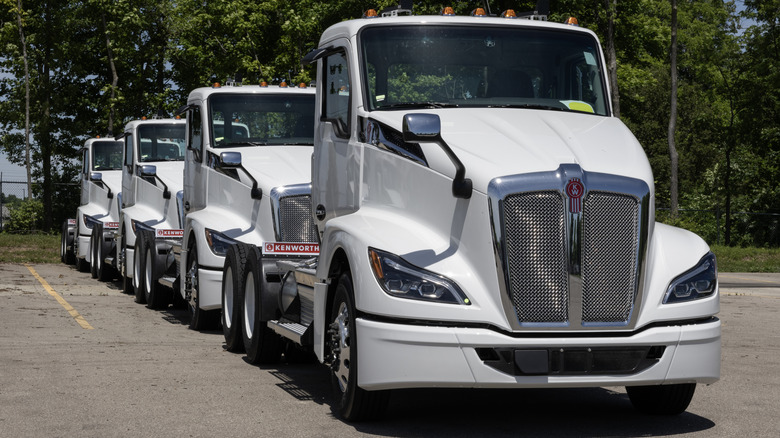Why Most Cars Have Slanting Windshields (But Trucks Don't)
Cars often come in all manner of body styles, from low-slung sports cars with road-hugging stances to high-riding SUVs and big, tall trucks and buses with box-like builds. Now, if you've paid close attention to their various shapes and designs, you've likely also noticed that most cars have slanted windshields, while trucks usually have vertical or only slightly inclined ones. Have you ever wondered why that is? Are trucks' vertical windshields due to safety regulations, visibility, ergonomics, aerodynamics, or other influences?
The answer involves a combination of safety, visibility, and aerodynamics — the way air flows around objects. In vehicles with vertical windshields, the shape makes it difficult to fight against a headwind at high speed, and this can create drag, slowing you down as you attempt to move forward. However, when the windshields are tilted, the frontal area becomes smaller, and cars are better able to cut their way through the air with minimal wind drag. The windscreen angle allows air to move up and over the vehicle more freely. Being able to slip through air more easily makes cars faster and also reduces the strain on their engines, resulting in an improvement in fuel economy.
Truck windshields prioritize safety and visibility
While slanted, aerodynamic windshields can help air flow around a vehicle to minimize wind drag, they can create visual distortion, especially when the glass is steeply angled. This distortion may be less of an issue on passenger cars, since they have relatively small windshields. However, optical distortion may be more pronounced in trucks with larger windshields. Hence, they're fitted with upright windshields to give drivers a clear view forward and also make it easier to watch out for pedestrians, cyclists, and animals from higher up.
That being said, some popular semi-truck brands in America, such as Peterbilt and Volvo, now also offer trucks with sloped, aerodynamic windshields. These trucks also have smooth, slippery designs to help reduce drag and consequently save fuel. Vertical windshields aren't the sole preserve of big trucks, either. Jeep, for one, continues to offer near-vertical windshields on the ever-rugged, rock-climbing Jeep Wrangler, as does Ford with the Bronco, with some claiming that this affords drivers better off-road visibility.

